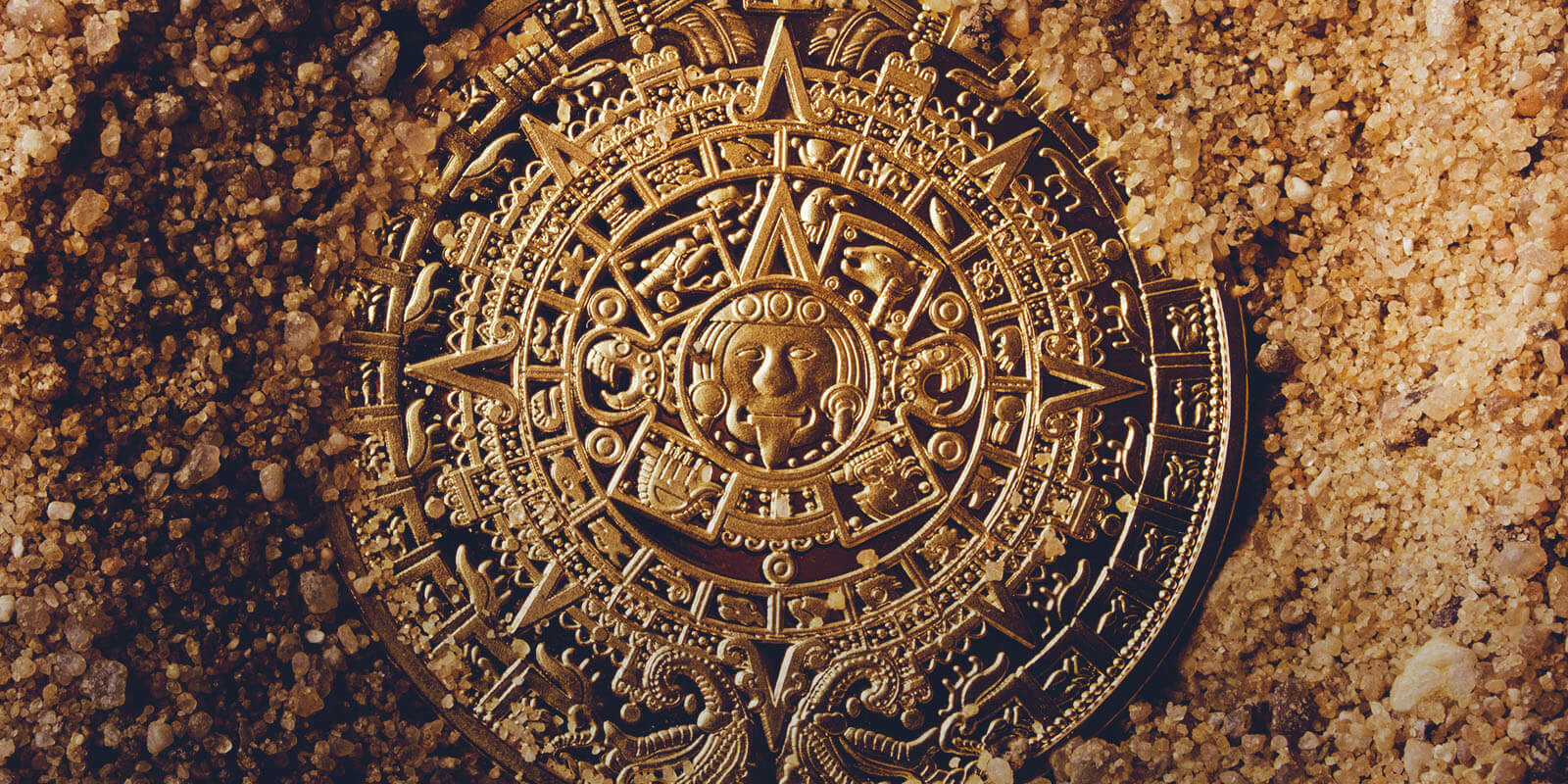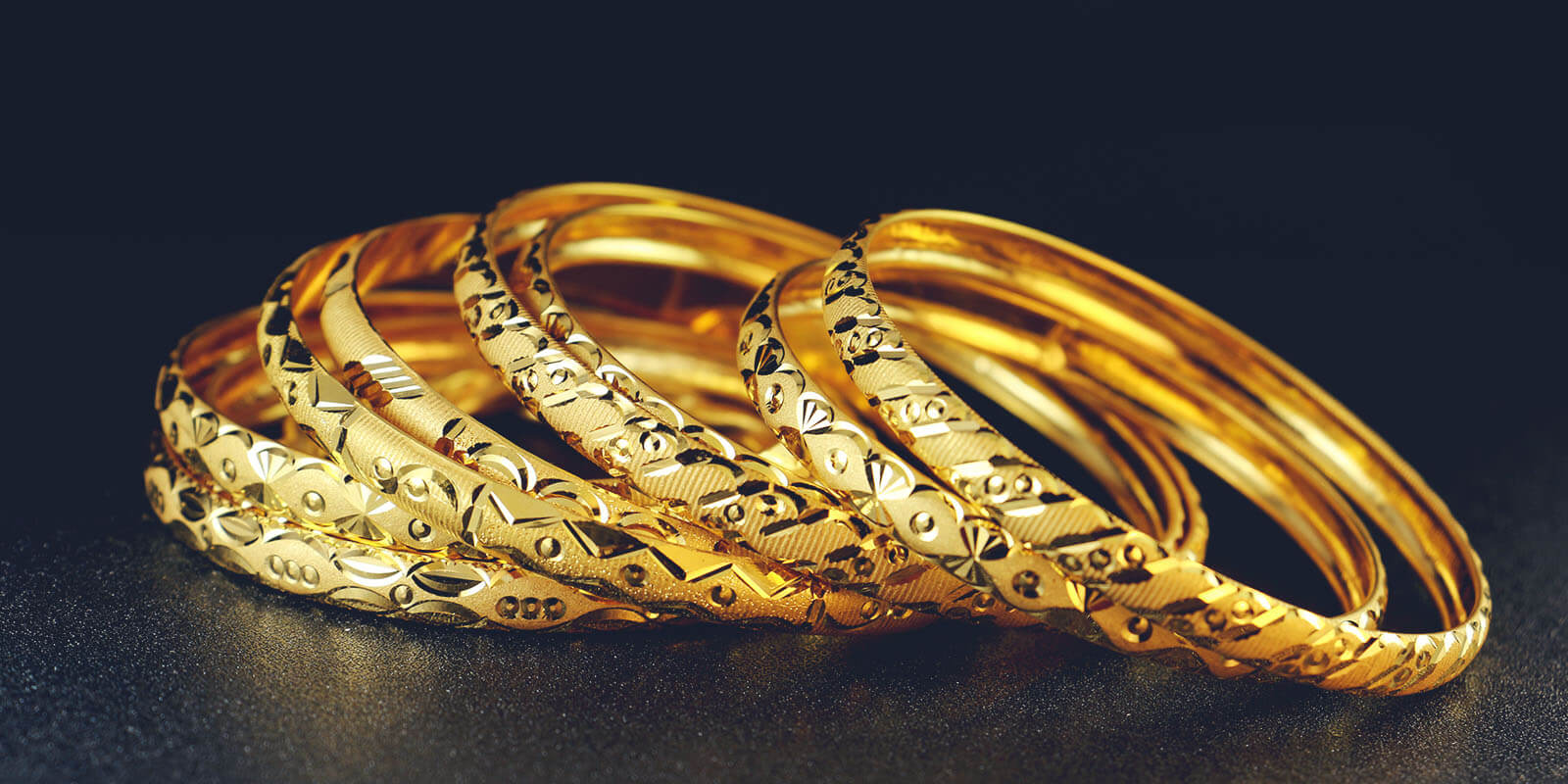Precious metals have been sought after through the ages; a universal symbol of status and wealth appearing in cultures all over the world. Gold and silver have also been linked with the celestial throughout history. The Incas believed gold was the sweat of the Sun, with silver being the Moon’s tears. These luxurious metals have fascinating stories that lead right up to the modern day.
Enduring Gold
The chemical symbol for gold, Au, comes from the Latin word ‘aurum’, meaning ‘glowing dawn’. The ancient Greeks thought gold was a compound of water and sunlight, while the Egyptians believed gold was the flesh of gods, particularly of the Sun god, Ra, and they used it as currency as early as 1500BC.
Gold has key qualities that make it desirable; it is malleable but durable, and it will not corrode or tarnish with age. Golden artefacts have survived thousands of years, like the gold coffin of Tutankhamun, ready to be rediscovered and treasured by future generations.
Simply Silver
The chemical symbol for silver, Ag, comes from the Latin word ‘argentum’, which means ‘grey’ or ‘shining’. It has been valued as an elegant and precious metal for thousands of years. First used to produce coins circa 700BC, silver is valued for its quality, longevity and strength.
Legend has it that silver has magical properties, harnessing the pure energies of nature and lending protection to its owner.
Precious Platinum
The chemical symbol for platinum, Pt, comes from the Spanish word ‘platina’, meaning ‘little silver’. Platinum was known to native South Americans before the arrival of Columbus, and was eventually taken to Europe around 1750.
Platinum appears as a shiny, silvery-white metal, and is just as resistant to corrosion as gold. However, it is rarer than gold and silver, and, interestingly, experts suspect there is more platinum to be found on the Moon than here on Earth.
Useful Minerals
Today, gold has many uses, from producing jewellery and coinage to dentistry and aerospace, and, as an efficient conductor, it can be found in many modern electronics.
Silver, too, is used in the making of jewellery and decorative pieces, and is seen as a traditional gift for births, birthdays and christenings. The cells of solar panels are also a major use of silver, as it enables them to convert sunlight to usable energy. In addition, if you have ever owned gloves that can be used with touchscreen phones, did you realise they have silver threads woven into their fingertips?
Platinum is in high demand not only for the purposes of investment and jewellery but for a number of industrial uses. In fact, according to the World Platinum Investment Council (WPIC), more than 50% of the platinum produced in the world today will go toward more practical uses. This is especially true in the automotive industry, where platinum is used in the making of catalytic converters and spark plugs.
So, gold, silver and platinum really do live up to their name as ‘noble metals’ – non-corrosive but also impressive, superior and pure. As a finite natural resource with so many decorative, luxurious and practical uses, they make great choices for those looking to invest in metals with history and a promising future.



